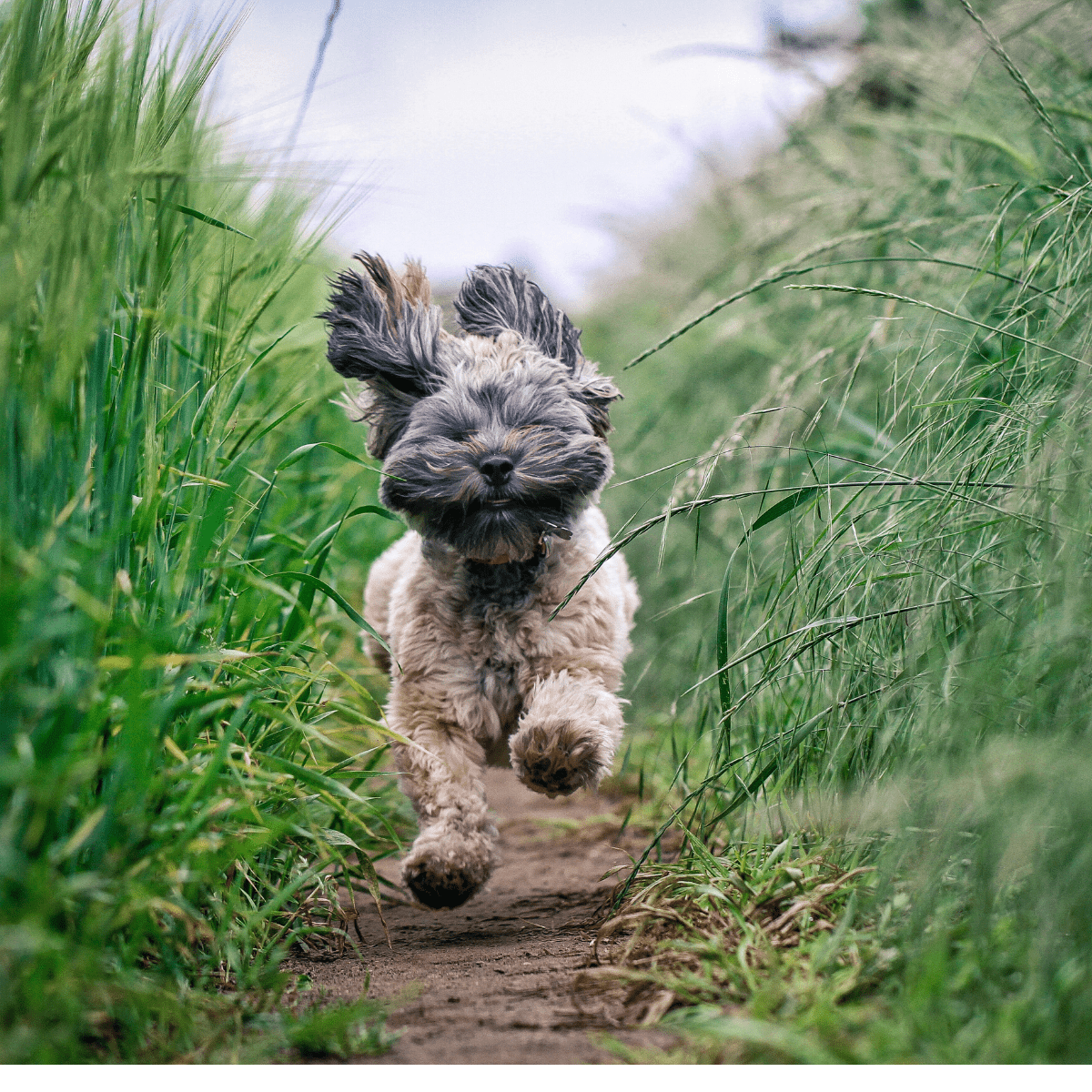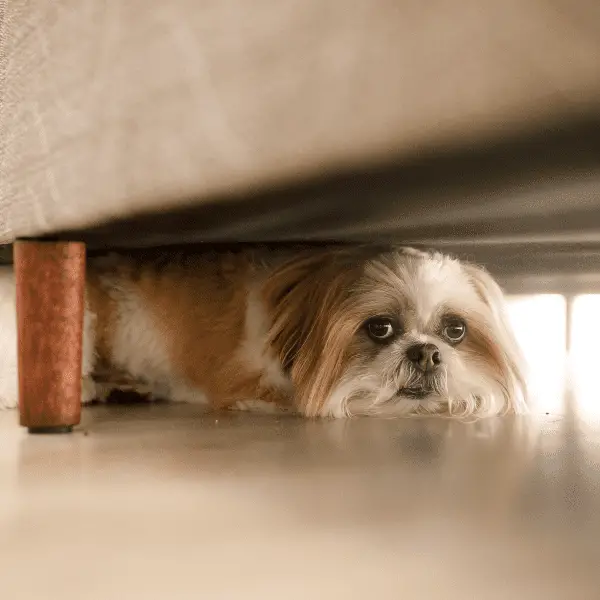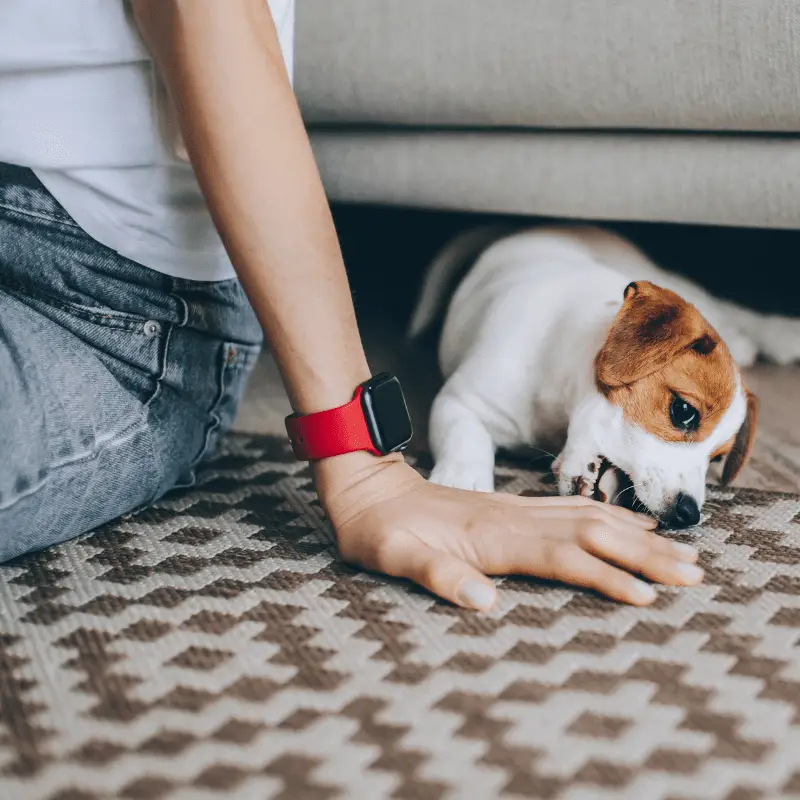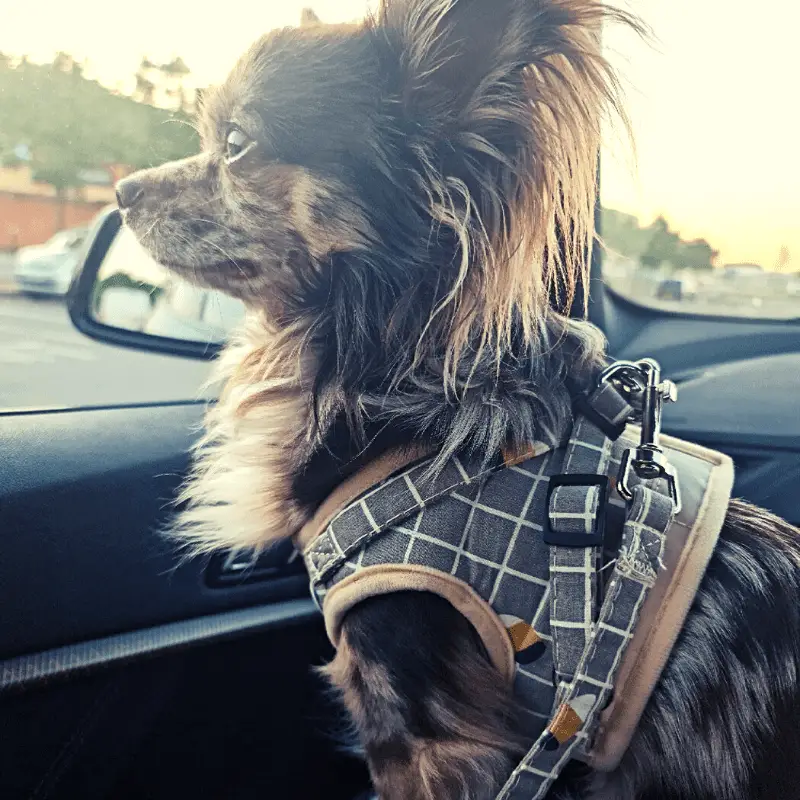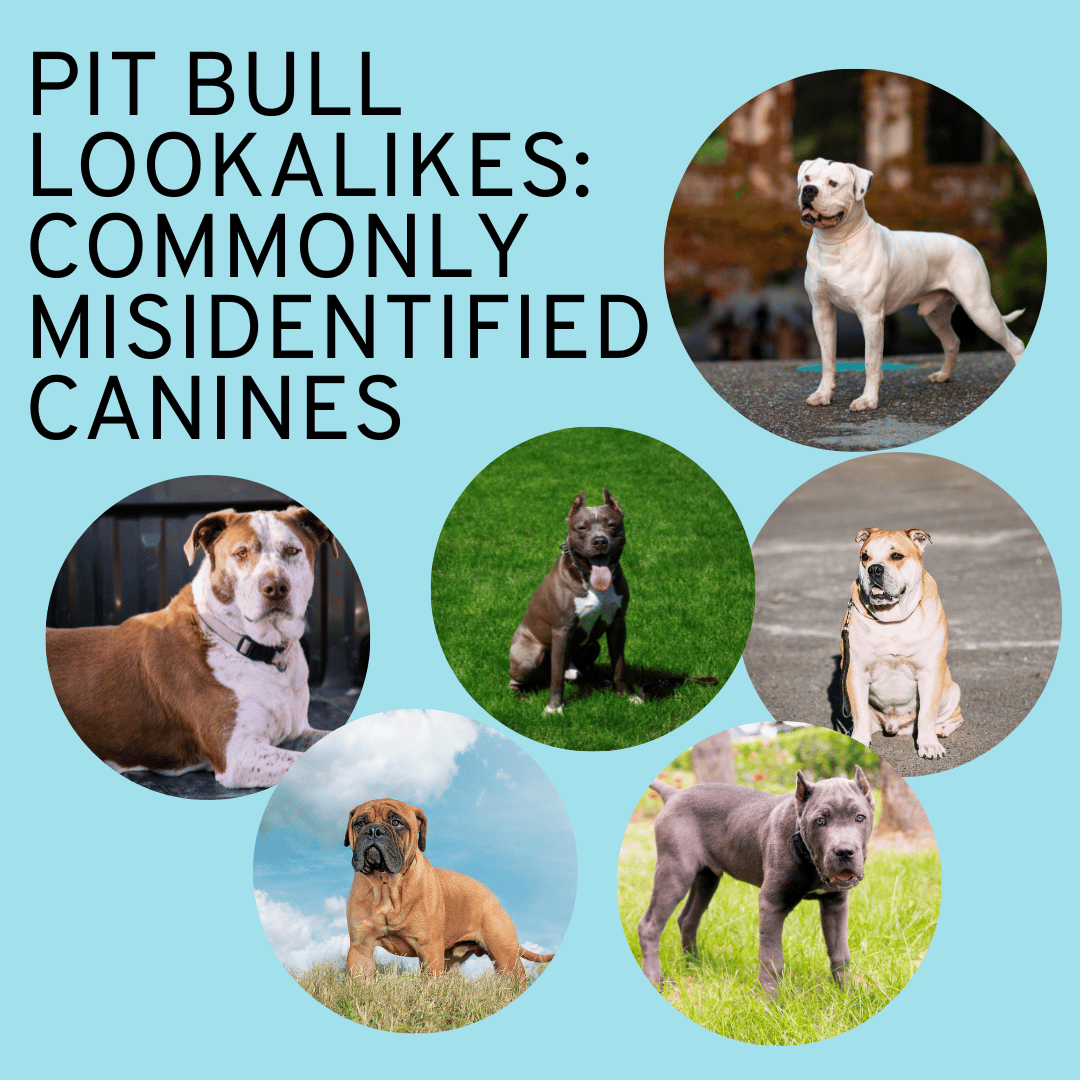Dogs all have individual personalities, and they all react differently to situations. You need to understand your dog to work out which one represents your dog best. If you’re wondering why your dog goes crazy around other dogs, I can explain why and advise you on how to stop it.
Please don’t feel bad or embarrassed. It’s a common problem and often easy to solve.
Dogs are social animals, and they enjoy interacting with other dogs. Dogs often go crazy around other dogs because they are excited and want to play. It is essential to ensure that your dog is adequately socialised and comfortable around other dogs.
Your dog will act crazy around other dogs because they display their feelings. You will need to work out what kind of behaviour your dog shows to develop the solution. The standard behavioural types are excitement, aggression and obsession.
Now we know three types of dog behaviours cause your dog to go crazy around other dogs. Let’s run through each type:
1. Excitement

Your dog’s excitement runs away with him, and they are not aggressive toward the other dog. They don’t leave them alone and do all they can to get near them regardless of whether the other dog or owner wants them to. You have zero control over them, and they don’t listen to your words. This type of behaviour is excitement!
Why is my dog so excited around other dogs?
Can be many factors why your dog is so excited around other dogs. The most common is a lack of training and obedience.
2. Aggression
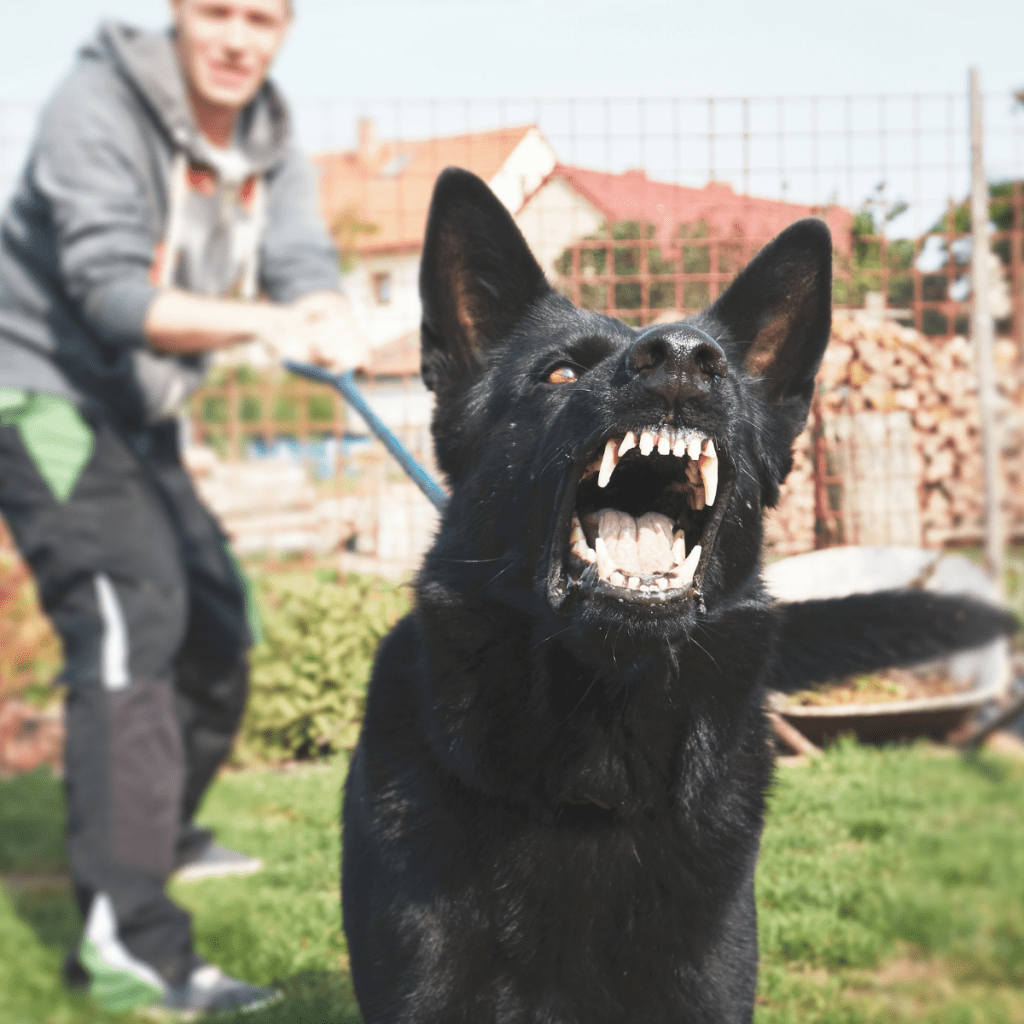
Your dog physically wants to harm the other dog. The dog will show signs of aggression through their body language, such as stiff posture, snarling, growling, barking, and teeth, and the ears usually go back, depending on the breed. This type of behaviour is aggression!
Why is my dog aggressive?
Your dog could be aggressive due to fear, pain or illness, or protecting territory like yourself; dogs can actually classify their owners as their properties, which can lead to aggression towards other dogs.
3. Obsessive Behaviour
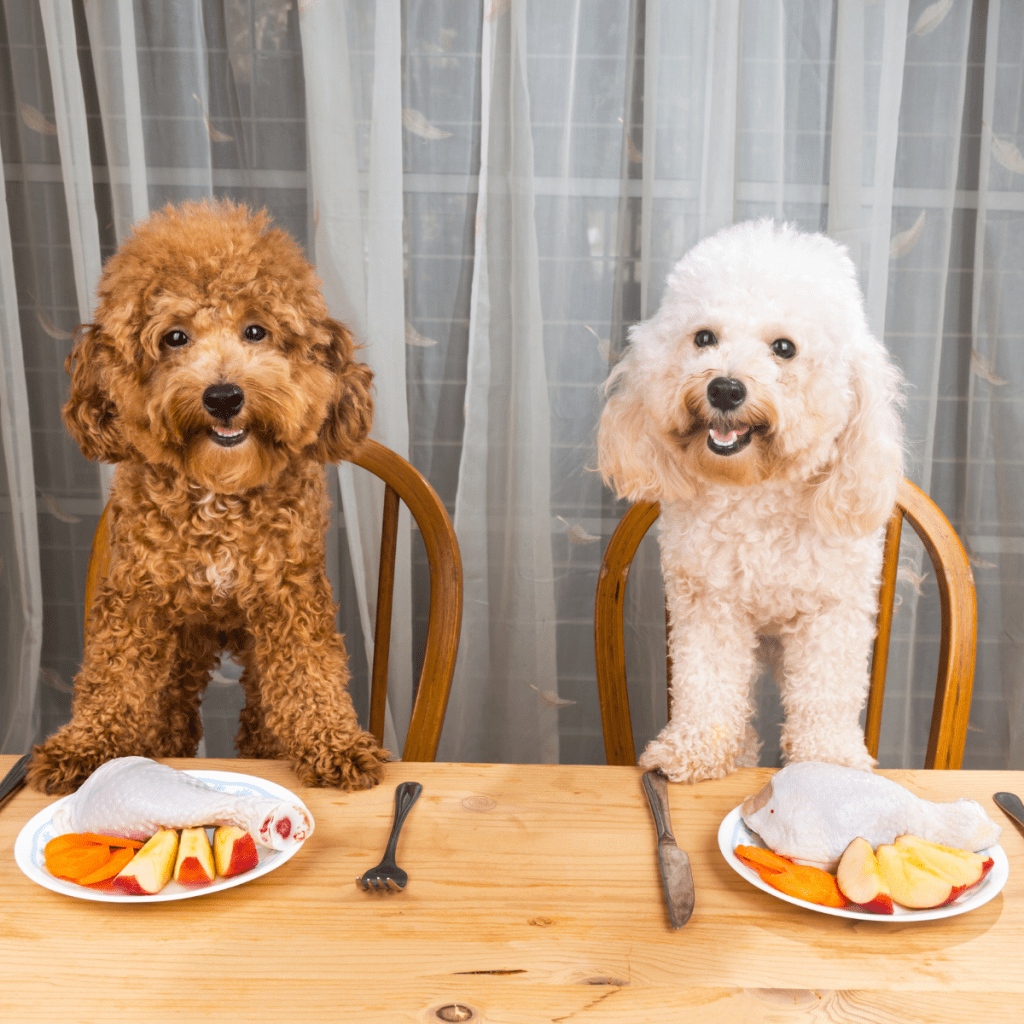
Obsessive behaviour disorder in dogs is similar to excitement; however, they are two different behavioural problems and are corrected differently. Your dog will show a determined demeanour to get close to every dog; they will pull on the lead until they reach them, and they will be as vocal as they can be. This type is obsessive behaviour and needs attention asap!
Why is my dog obsessed?
Your dog could have an obsession with other dogs as they have lacked social contact with other dogs, especially when they are puppies. Some dogs are taken away from their mothers and siblings too young, perhaps abandoned by their mothers. There can be many reasons why they have grown up on their own. However, this will have a knock-on effect on their character as they get older.
Which behaviour best suits your dog?
Hopefully, by now, you have figured out which type of behaviour problem your dog has, whether it be excitement, aggression or obsessive behaviour towards other dogs. I will now explain how to treat it and what measures you can take to stop this craziness from happening.
How to resolve excitement to other dogs whilst out and about
Firstly, all dogs can be trained with the proper techniques, whether young or old. They change in intensity with each breed, which can aid in hyperactivity to more or less. Take, for instance, the Cocker Spaniel; they are crazy hyper if not appropriately trained. To resolve an over-excited dog towards other dogs, you must complete obedience training. In particular, the “leave it” command, if your dog has never done the “leave it” training, it would be best to start, as you can use this technique when out and about.
How to implement the ‘leave it’ command whilst out walking.
When you are walking along with your dog, as soon as he notices another dog, it’s at this point you quickly say, “leave it” you may need to say it many times until the dog has passed. Eventually, it becomes the norm, and your dog knows that it can’t do as they want and pull on the lead and go crazy to get to other dogs. He now has a command that is understood. LEARN HERE – How to teach a dog to leave it
How to resolve aggression toward other dogs
First, let’s rule out any illnesses they might suffer on a trip to the vet for a check-up. Dogs, when they are in pain, can lash out. You need to consider taking them to the vet to rule out any other causes before you get to work, especially if it is a new reaction that dogs have begun to show.
However, aggression is commonly caused by a lack of proper socialisation and training. The type of training exercise you will need to complete is heel training. With an aggressive dog, you need to introduce training gradually, and when the time is right, gradually introducing dogs is a slow process but very reliable. Never physically correct a dog when aggressive towards other dogs, as they can turn it on you. LEARN HERE – How to teach a dog to heel
How to implement the ‘heel’ command when outside walking your dog
When you’re walking your dog out, and they are aggressive to other dogs, you can use the heel command to deal with any outbursts. When your dog is pulling angrily on the lead, firmly shout “heel” when your dog heels make sure you praise it.
How to resolve obsessive behaviours
Obsessive behaviour in dogs is down to the lack of social interaction, not necessarily just training itself, although training still plays a significant role. Just think, if you were the only person on the planet and met another person, you would be intrigued and most likely want their company, chat and be together. This is similar to dogs and the obsessive behaviour problem they can adopt when not properly socialised. A lonely dog needs friends; we all do. There are plenty of local dog social classes around, and I suggest attending classes as often as possible.
It would be best to find the balance between letting dogs be dogs and having friends and behaving themselves whilst walking and being around other dogs.
- Reduce excitement – Before going on a walk, don’t get your dog all excited. Slowly put the lead on, and don’t shout walkies at the top of your voice. This will only aid the excitement when they see other dogs out. It would help if you were cool and calm.
- Take your dog to group classes to socialise
- When out walking and you see another dog, try to distract them with a treat and use the ‘heel’ and ‘leave it‘ training commands.
You will need to judge each case and each dog they meet to decide on the best action. By understanding the above three and completing the training, you will have many options to control your dog in different scenarios.
Conclusion
Training plays an essential role in managing any dog; it will make your life easier and your dogs. Understanding your dog is vital when it comes to knowing why they are so crazy around other dogs; it could be possible for different reasons. Hopefully, with the options above, you have concluded which one your dog is entirely under to be able to treat it. I wish you good luck.

